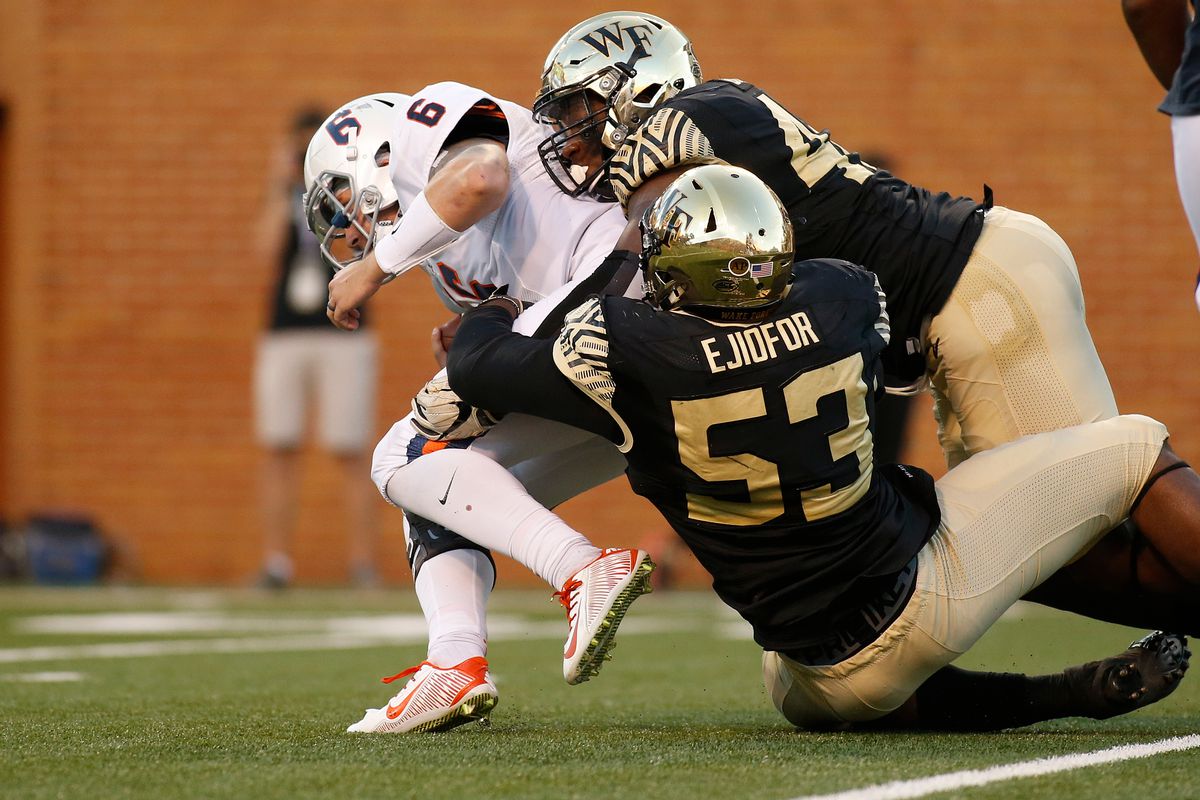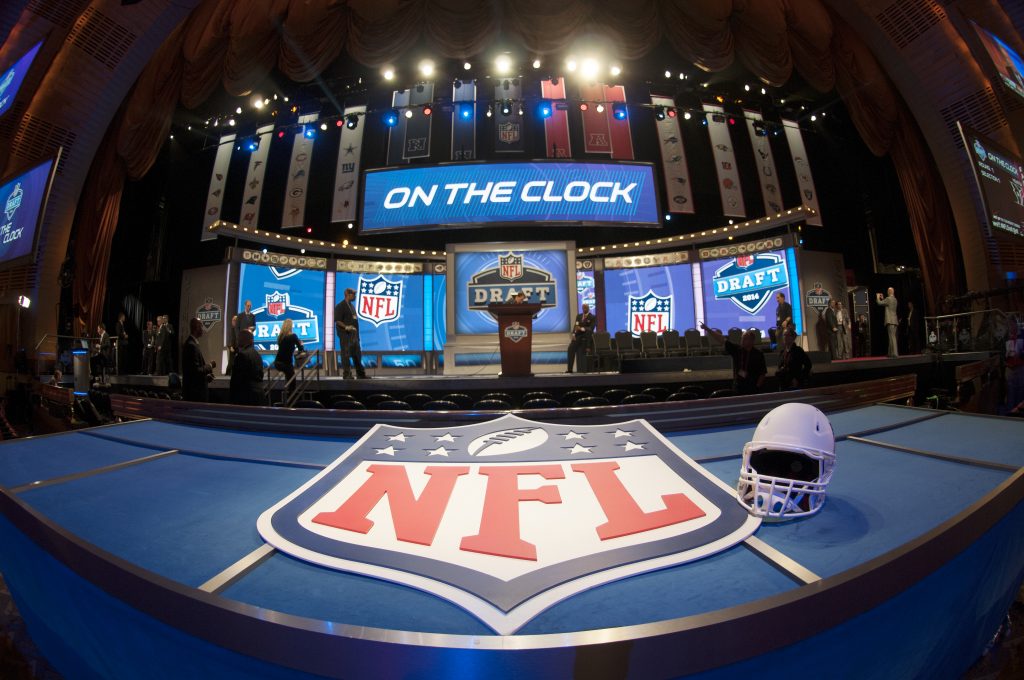So What Could The Panthers Get For The 24th Pick?
Nobody has actually traded down from the 24th pick itself for the best part of a decade, but a good example of what a pick of this magnitude might be worth came from last season, when the Seahawks made a series of trades to eventually move from 26 to 35. In doing this they added the 95th pick, the 249th pick, the 111th and the 187th pick. Using a class pick value chart, this denotes an increased in value of nearly 9%. If the same increase is made to the 24th pick, this leads to a likely compensation of moving from 24 to the neighborhood of 33 and adding picks of total value amounting to the 73rd overall pick (another example: the 62nd if they were to trade down to 38).
This isn’t an exact science by any means, but a rough estimate would be that by trading down to the top five or so picks of the second round, the Panthers could pick up anything from a late second to an early third, or multiple picks to that effect.
Who Would It Make Sense To Trade With?
A lot of this would rely on a team having somebody (Hi, Lamar Jackson!) they wanted to trade up for, but in terms of potential trading partners, the most likely candidates will be teams with a pick in the 33-40 region who also have multiple second-day picks. While this is largely throwing darts at a board, the most obvious candidates based on that would be the Browns (33, 35 64), the Giants (34, 66, 69), the Colts (36, 37, 49, 67) and the Broncos (40, 71, 99).

Wake Forest EDGE Duke Ejiofor. Photo Credit: Brian Blanco/Getty Images
Let Me Paint You A Very Exciting Word Picture
Based on a well-organized consensus big board ranking, the Panthers could trade down from 24 to 37 with Indianapolis in return for picks 67 and 140. They could then (obviously, this is a bit of a dream/best-case scenario, but we’re literally dealing in a hypothetical on top of a hypothetical) draft Justin Reid at 37, Mark Andrews at 55, Kerryon Johnson at 67, Duke Ejiofor at 85, Daeshon Hamilton at 88 and Alex Cappa at 140. That would give them a player at FS, TE, RB, DE, WR and OT/G respectively, and while it would be miraculous for those specific players to work out, it would significantly improve the Panthers’ chances of hitting on multiple picks. If Reid (who likely won’t last until 37) isn’t there, perhaps you’d prefer Jaire Alexander, Dallas Goedert, Nick Chubb or James Daniels; all are available at the 37th pick in this mock.
Conclusion
Hurney has only traded down in the first round once in his Panthers’ career, shipping the 14th and 191st pick to the Jets for the 25th, 59th and 164th in 2007; the 14th pick ended up being Darelle Revis and the Panthers netted both Jon Beason and Ryan Kalil in the trade. That exchange may be the best example of what a trade-down nets; the Jets ended up with a franchise cornerback and the Panthers got a quality starting linebacker who made three consecutive Pro Bowls along with their franchise center. A team still needs to pick correctly, though; two picks after Revis was DE Jarvis Moss, who finished his career with six sacks in six NFL seasons and the player. Had the Jets gone that way (or with Brady Quinn as the MSG crowd implored them at the time), this trade down would be an emphatic win for the Panthers.
If nothing else, the Panthers would be prudent to wait until they are on the clock at 24 before deciding what they want to do; they will enter the draft with a list of players they would feel happy drafting at 24 and if none of them are on the board when that pick rolls around, all of the data would suggest that trading into the top five picks of the second and looking to pick up an early third-rounder in return would be a wise move to make.



